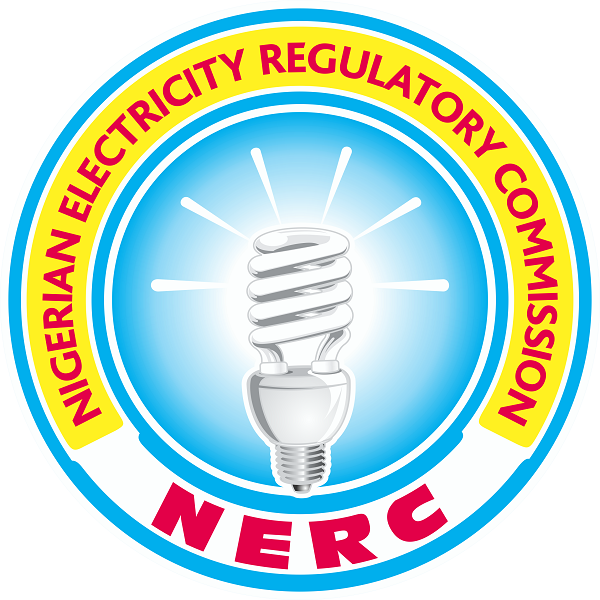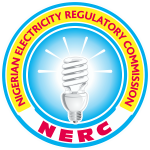The Nigeria Electricity Regulatory Commission (NERC) has urged Distribution Companies (DisCos) to make investments in infrastructure upgrades, modernise their metering systems and improve revenue collection methods, to ensure better efficiency and more revenue. This position was contained in a report released by NERC
The call followed the loss recorded by the DisCos after exceeding their allowed targets for Aggregate Technical, Commercial and Collection (ATC & C) losses. The ATC&C losses include technical, commercial and collection inefficiencies in the power distribution process, such as power theft, meter tampering, billing inaccuracies and revenue leakages.
The Commission’s data for June, this year show that the ATC&C losses of all the Discos exceeded their permitted targets. The failure to meet target, according to NERC, comes at a time when the sector was considering an increase in electricity tariffs brought about by macroeconomic conditions.

“These losses can be attributed to technical issues, such as power theft, meter tampering, and equipment failures and commercial challenges, such as billing inaccuracies and revenue leakages. Furthermore, collection losses arise from difficulties in retrieving payments from consumers,” the Commission noted in the report.The losses were recorded between the third and fourth quarters of last year.
It put the cumulative Disco ATC&C loss in the fourth quarter of 2022 at 44.15 per cent- comprising of 23.84 per cent technical and commercial losses, and 26.67 per cent in collection losses.
“Thus, this level of the ATC&C loss implies that throughout 2022/Q4, on average, N44.15 in every N100 worth of energy received by a DisCo was unrecovered due to a combination of inefficient distribution networks, energy theft, low revenue collection, and the unwillingness of customers to pay their bills,” the report stated.
It also stated that any DisCo that could outperform its allowed ATC&C, that is, lower actual ATC&C than the target used to compute its cost-reflective tariff, would earn more returns on its set tariffs.
“Conversely, any Disco that under-performs relative to its allowed ATC&C (i.e., has a higher actual ATC&C than the target) will be unable to earn the expected returns on its set tariffs and could risk long-term financial challenges,” the Commission said.
NERC, in its report, also highlighted the need for urgent action to address the losses and improve the overall efficiency of the electricity distribution system. It stated that by surpassing the allowed targets, the Discos were failing to meet their obligations and not delivering electricity services in a financially sustainable manner.
The report further noted that the ATC&C losses were grouped into technical losses, which include heat losses due to load flow in electrical lines and transformation loss in transformers. Another is commercial loss, which is due to discrepancy in meter reading, erroneous billing, unmetered consumption, or energy theft, while the last is collection loss that has to do with unpaid bills.
The NERC report stated that the Aggregate Technical, Commercial, and Collection loss was a summation of billing losses incurred by Discos due to their inability to bill 100 per cent of delivered energy to consumers.
“It is important to note that the collection losses arise from Discos’ inability to collect against the invoices issued to consumers,” the regulator stated.
It highlighted the fact that the ATC&C was a critical performance-setting parameter for tariff determination because it represented the efficient losses that Discos were allowed to recover from customers.
According to the NERC report, in the third quarter of 2022, all the Discos experienced technical, commercial and collection losses of 46.42 per cent, which decreased to 44.15 per cent in the fourth quarter.
Additionally, technical and commercial losses were recorded at 24.31 per cent in the third quarter of 2022 and improved to 23.84 per cent the following quarter.
Furthermore, collection losses accounted for 29.13 per cent in the third quarter of 2022 and decreased to 26.67 per cent in the fourth quarter.
It further explained that the ATC&C losses were critical to lower or higher electricity tariffs because they reflected the efficiency of the distribution system and the revenue collection of the utility.
“ATC&C losses are the difference between the amount of electricity received by a distribution company from the transmission company and the amount of electricity for which it invoices its customers plus the loss of the adjusted collection,” the NERC stated.
It said the higher the ATC&C losses, the lower the revenue and the higher the tariff required to cover the cost of supply.
The regulator added, “Conversely, the lower the ATC&C losses, the higher the revenue and the lower the tariff required to maintain a reasonable return on investment.
Meanwhile, respite comes for electricity consumers as the planned tariff increase scheduled for July 1 has not been implemented.
A consumer on Ikeja Electric platform in Ojodu, Wale Odeyingbo, said he still got the same 203 units of electricity for N10,000 yesterday.
Another consumer in Akute, Kevin dey Ojo, said it is quiet receiving that the intended increase has been put on hold.
However, it might be a short lived relief going by the submission of the President, Nigeria Consumer Protection Network, and coordinator, Power Sector Perspectives, Kunle Olubiyo. “It might be raised quietly in the near future. Tariff adjustments happen every six months. However, most of us just concluded that the six months was supposed to end on June 30, 2023, and that with effect from July 1, there might be an upward review.










The most pleasant pharmacy experience every time.
cost of zestril without rx
Their worldwide reputation is well-deserved.
Medicament prescribing information.
can i get generic lisinopril pill
Best and news about drug.
They offer international health solutions without borders.
where can i get cheap clomid without rx
Their international team is incredibly knowledgeable.
Delivering worldwide standards with every prescription.
where can i get cheap cytotec price
Their multilingual support team is a blessing.
Their international shipment tracking system is top-notch.
pharmacokinetics and metabolism of gabapentin in rat dog and man
They make international medication sourcing a breeze.